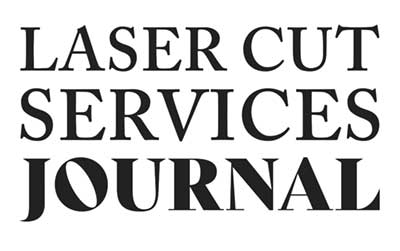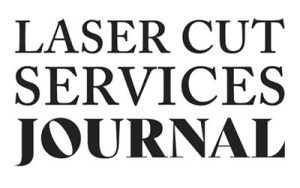Learn about the important benefits of the laser cutting:
In contrast to mechanical processing, there is no physical contact with the material being processed at any time during laser cutting. Whereas knives or milling machines cause stress in the material, which can lead to undesirable consequences such as damages, laser cutting offers many advantages thanks to the non-contact processing.
Laser systems can be designed to move in various ways to achieve specific tasks and applications. The movement of laser systems is often controlled by computer programs, mechanical components, and precision systems. Here are some common methods of movement for laser systems:
- Galvanometer Scanning: Galvanometer scanners use mirrors attached to galvanometer motors to rapidly direct the laser beam in different directions. This method is used for fast and precise scanning over a small field of view, such as in laser engraving and laser marking.
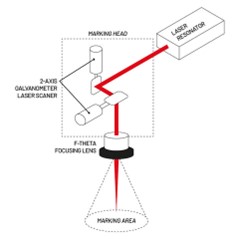
Courtesy: BesCutter
- XYZ Translation Stage: Laser systems can be mounted on three-axis translation stages that allow movement along the X, Y, and Z axes. This enables precise positioning and movement of the laser beam across a larger work area. This method is commonly used in laser cutting, drilling, and micromachining.
- Robotic Arms: Industrial robots equipped with laser systems can provide a wide range of movement and flexibility. These robotic arms can be programmed to move the laser across complex paths, making them useful in tasks such as welding, material handling, and additive manufacturing.
- Conveyor Systems: In some applications, materials are moved on conveyor belts or platforms while the laser system remains stationary. This approach is often used in industries like textiles, where laser cutting and engraving are performed on moving fabrics or materials.
- Gantry Systems: Gantry systems consist of overhead beams and moving components that support the laser system. These systems are commonly used in large-scale laser cutting and engraving applications, providing precise and consistent movement across a substantial work area.
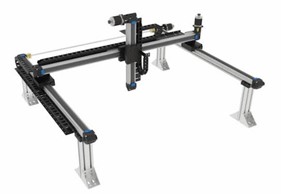
Courtesy: LinerMotionTips
- Rotary Axes: Some laser systems are equipped with rotary stages that allow the material or the laser beam to rotate. This is used for cylindrical and spherical objects, such as rotary engraving on curved surfaces.
- Hybrid Systems: Hybrid laser systems combine laser technology with other machining methods, such as milling or water jet cutting. The movement of the laser can be synchronized with the movement of other tools for complex material processing.
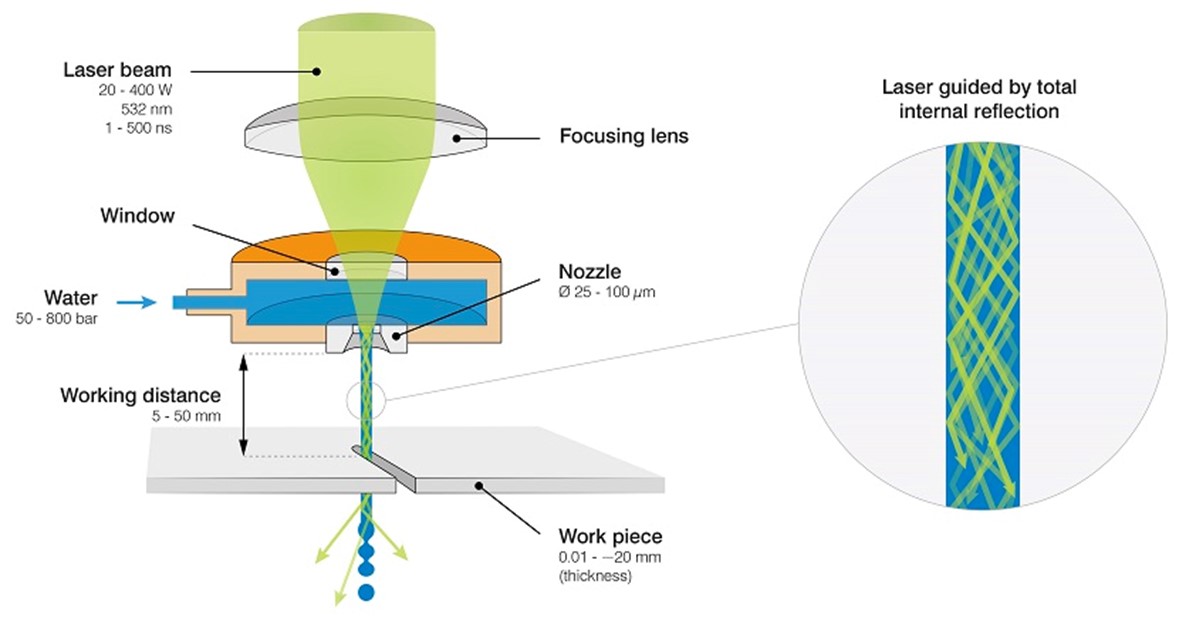
Courtesy: Synova SA
- Dynamic Focus Systems: In applications that require precise focus at different depths, laser systems can incorporate dynamic focus mechanisms. These systems adjust the focus of the laser beam as it moves, ensuring consistent cutting or engraving results on uneven or curved surfaces.
The choice of movement method depends on the specific application’s requirements for precision, speed, work area, and material handling. Laser systems are often integrated with advanced control systems and software to ensure accurate movement and precise laser processing, making them versatile tools for a wide range of industrial, medical, research, and artistic applications.

Courtesy: researchgate.netz
